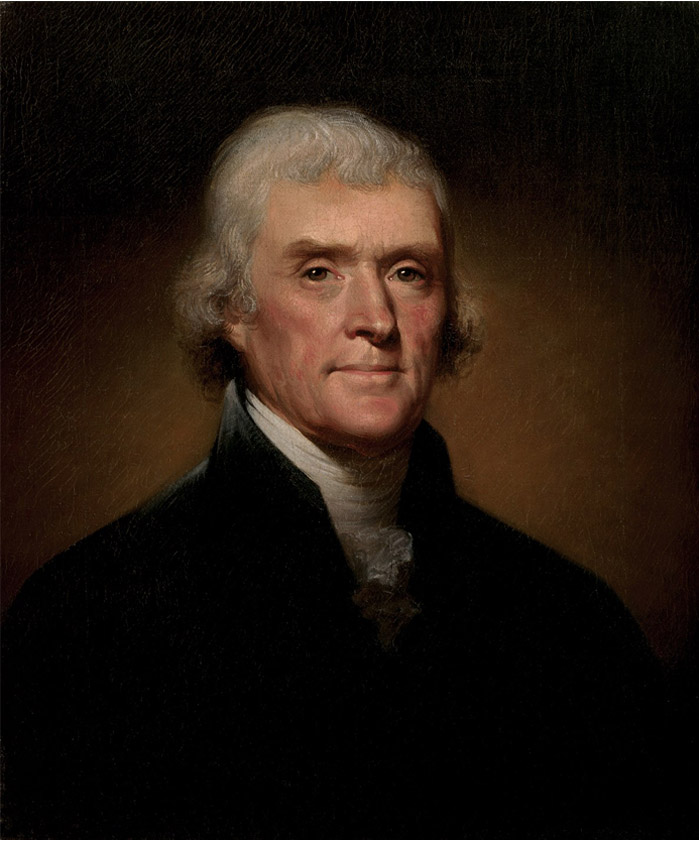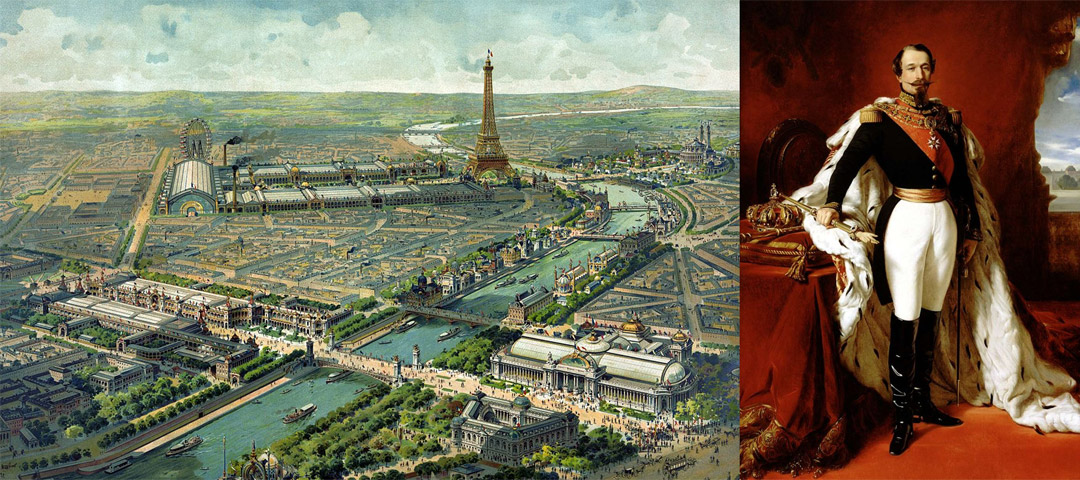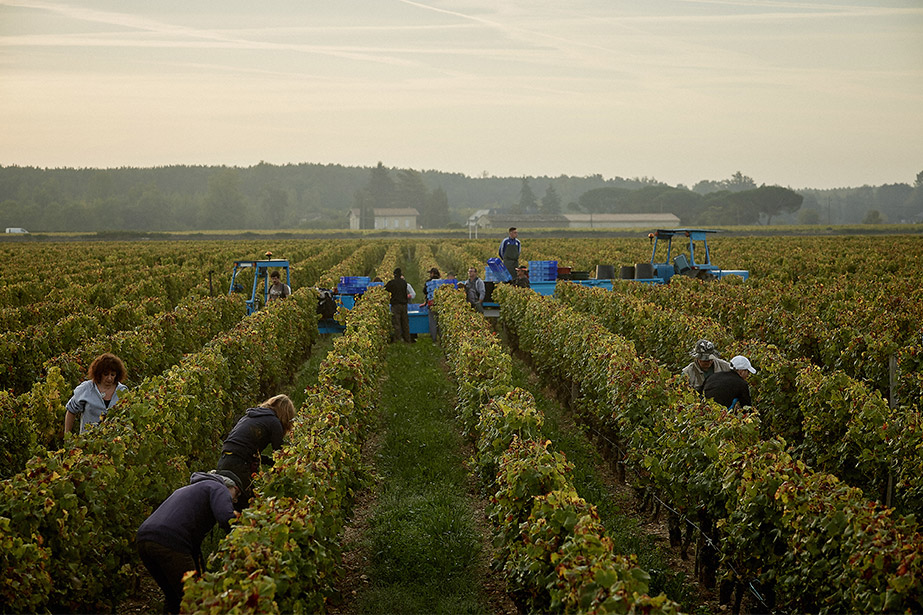History
XIIIe
A fortress
First built as a fortress, Château Coutet still bears the stamp of its medieval origins. The square tower with its battlements, located in the centre of the courtyard, is typical of military constructions of the time. The following centuries also left their mark on the architecture: the Salasse (or Salace) – a fortified house – bears witness to the architectural style of the 14th century. The chapel and two other towers show how the estate evolved during the 18th century.
1643
A winemaking estate
The history of Château Coutet as a winemaking estate starts in 1643, when Charles Le Guérin, known as Lord of Coutet, made it one of the first vineyards in the Sauternes appellation. The estate remained in the hands of his descendants until 1788.
1787
Thomas Jefferson

Thomas Jefferson, third president of the United States of America, lived in France for a number of years, serving as ambassador there from 1785 to 1789. A true gourmet, he was also a wine merchant and wrote travel diaries from great French wine-producing regions. A man of good sense, he acknowledged Château Coutet as "the best Sauternes in Barsac."
XIXe
The Lur-Saluces family
Gabriel-Barthelemy Romain de Filhot acquired Château Coutet just before the French Revolution. After those troubled times, the estate passed to his grandson, Marquis Romain-Bertrand de Lur-Saluces. Also the owner of Châteaux d'Yquem, de Fargues, Filhot and de Malle, he was the largest producer of sweet white wine in the world at the time. Château Coutet remained in the family until the 1920s.

1855
The classification
Following a number of informal rankings, the 1855 classification ordered by Napoleon III was issued for the Universal Exposition. It officially recognised Château Coutet as one of the Classified First Growths of the Sauternes and Barsac appellations, alongside the finest wines from the Médoc and Graves regions.
1920
The Guy family
Henry-Louis Guy, an industrialist from Lyon, acquired Château Coutet in the 1920s. The famous and unrivalled Guy & Mittal hydraulic presses, still in use, stand as a memento of his time there, holding the secret to the extraction of juice from the estate’s best grapes. His daughter, with her second husband, Edmond Rolland, managed the estate until 1977. The tradition of an exceptional wine in her honour, the Cuvée Madame, persists to this day.

1977
The Baly family
Marcel Baly and two of his sons, Philippe and Dominique, became the new owners of Château Coutet in 1977. Originally from Alsace, the family subsequently expanded overseas, especially in the United States.
With zeal and determination, they set about the task of renewing the vineyard and the winery buildings.
In 1994, the brothers sought greater expertise for Château Coutet. They signed an agreement with the company Baron Philippe de Rothschild, granting exclusive distribution rights. This commercial, as well as technical, collaboration has helped the reputation of the estate’s wines worldwide.

2010
The first vintage of Opalie
The 2010 vintage marks the creation of Château Coutet’s Cuvée Opalie, a new endeavor for the Baly family with a fine dry white wine crafted with the same high standards as Château Coutet. Beginning with the 2024 vintage, the Cuvée Opalie is adorned with a silver version of the signature label of the sweet First Growth, celebrating its fifteenth vintage and its connection to the latter, as well as the great terroirs of Barsac from which both wines originate.
2017
Top 100

The Baly family has now been at work at Château Coutet for forty years. A good opportunity to celebrate the progress made, the anniversary was marked by critical acclaim: Château Coutet 2014 was ranked third in the Top 100 World Wines published by Wine Spectator, an achievement which has spurred the team at the estate on to even greater things.